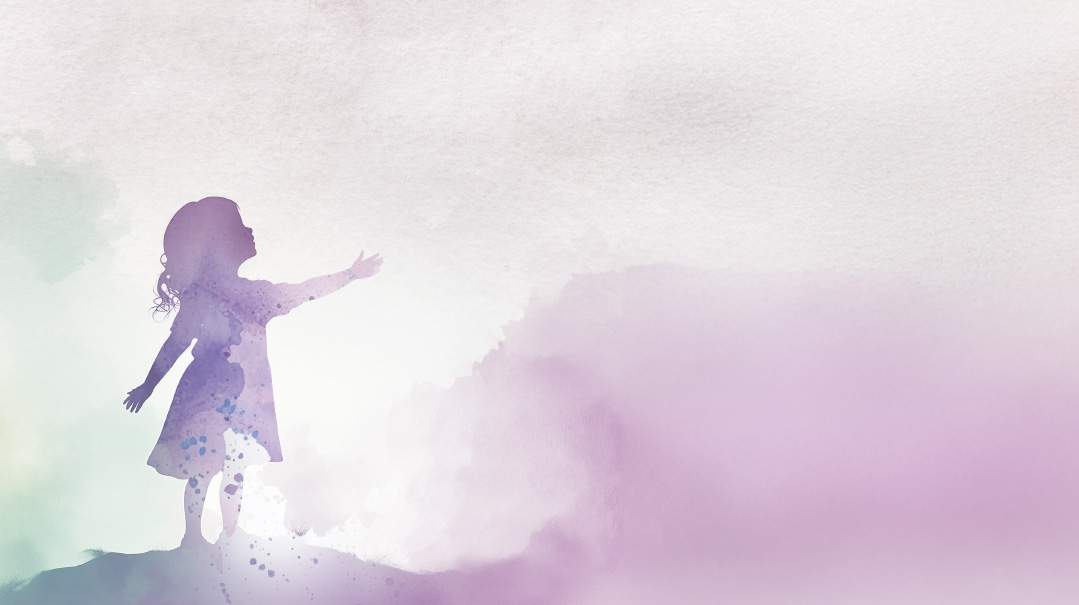Bridging the Distance
| September 29, 2024How can women who grew up without a nurturing mother provide that love for their own children?

How can women who grew up without a nurturing mother provide that love for their own children? Women who’ve been there share their journey to healing and how they learned to do differently with their own families
Chaya’s mother was severely injured in a terrorist attack when Chaya was just six years old. “The attack left a piece of shrapnel embedded in the left lobe of my mother’s brain, the area responsible for emotional processing,” explains Chaya. “After that, she wasn’t the same. She withdrew and couldn’t provide me with love, warmth, a hug, a listening ear. She basically stopped taking any sort of interest in me.”
Her mother’s emotional state also led to physical neglect. “I was hungry, plain and simple,” Chaya recalls. “I had nothing to eat. I once passed a bakery and asked the owner for a knish. The owner yelled at me in front of everyone in the store. ‘Do you see her? She wants a knish! She wants to take one without paying?’ The store was packed, but no one realized this was a call of distress. No one came over to save me from the shame or the hunger — and I don’t know which was worse. No one saw a hungry little girl.
“I was shattered to pieces,” Chaya continues. “When I walked out, I saw someone in a Magen David Adom uniform come out of a store next door holding a couple of sandwiches. That minute, he got an emergency call and had to run to his ambulance. He turned to me and asked, ‘I just bought these. Do you want them?’ Of course I wanted them. I wanted all the food in the world.
“As I was eating, I told myself that I’d save some for later, when I wouldn’t have anything else to eat. But I was so hungry that I devoured every crumb.”
Chaya’s mother did have rare moments of strength and functioning. “On rare occasions something would suddenly clear in my mother and she’d see me, realize I was there and reach out to me. I stored those precious memories and guarded them. I remember once when I was sick, my mother made me spaghetti. She actually got out of bed to make me spaghetti! To this day, when I smell spaghetti, I feel warm, and I remember its flavor — the flavor of being loved and cared for.”
Oops! We could not locate your form.







